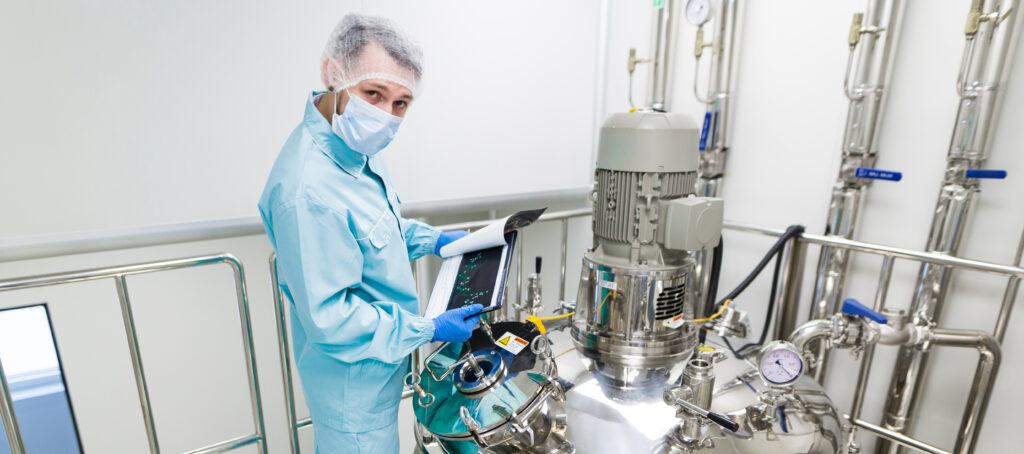In various industrial and laboratory applications, accurate measurement of gases and liquids is critical to maintaining product quality, process efficiency, and safety. Whether it’s pharmaceutical production, chemical processing, semiconductor manufacturing, or environmental monitoring, the precision of mass flow meters plays a vital role. Over time, however, even the most reliable devices may drift from their original accuracy due to wear, environmental factors, or operational stress. This is where mass flow calibration becomes essential.
What Is Mass Flow Calibration?
Mass flow calibration is the process of comparing the performance of a mass flow meter or controller to a known reference standard and adjusting it if necessary to ensure accuracy within specified limits. Calibration ensures that the flow device provides correct readings and operates as intended under different flow rates and environmental conditions.
Mass flow devices measure the mass (not volume) of a fluid or gas flowing through them. This distinction is important, as mass is unaffected by temperature and pressure changes, making these devices suitable for critical applications.
Types of Mass Flow Meters That Require Calibration
- Thermal Mass Flow Meters – Used mainly for gas flow measurement, based on the heat transfer principle.
- Coriolis Mass Flow Meters – Measure mass flow through the Coriolis effect; suitable for both gases and liquids.
- Volumetric Flow Meters (with mass conversion) – Often calibrated for mass flow by correlating volume, pressure, and temperature.
Each of these requires periodic calibration to maintain accuracy and traceability.
Why Is Mass Flow Calibration Important?
- Accuracy and Reliability
Accurate flow readings are essential for maintaining consistency in manufacturing processes. A small deviation can lead to product defects, compliance issues, or even safety hazards. - Regulatory Compliance
Many industries are regulated by standards such as ISO, FDA, ASTM, or EPA, which require regular equipment calibration and documentation. - Process Efficiency
Over- or under-measurement of flow can lead to excess resource consumption or suboptimal operation. Calibration ensures resource efficiency and cost control. - Traceability
Calibrated equipment provides traceable measurement to national or international standards (e.g., NIST, NABL), which is vital for audits and quality control. - Safety Assurance
In industries like oil & gas or pharmaceuticals, incorrect flow rates can pose significant safety risks. Proper calibration minimizes these risks.
Mass Flow Calibration Process
The calibration process involves the following key steps:
1. Preparation and Setup
- The device is inspected for physical damage or wear.
- Environmental conditions such as temperature, humidity, and pressure are stabilized.
- The calibration bench or system is prepared with traceable reference standards.
2. Reference Standard Comparison
- A known and certified reference meter or gravimetric system is used.
- The test gas or liquid is passed through both the reference device and the unit under test (UUT).
- Readings are recorded at multiple flow points, typically ranging from low to full-scale.
3. Data Analysis
- The readings from the test device are compared against the standard.
- Deviations are calculated and analyzed.
- A calibration curve may be generated if necessary.
4. Adjustment or Correction
- If the device is found outside its tolerance range, it may be adjusted (if possible).
- Some devices are digitally calibrated via software settings.
5. Certification and Documentation
- A calibration certificate is issued, showing the “as found” and “as left” results.
- Uncertainty measurements, traceability information, and environmental conditions are documented.
Calibration Methods
There are several methods used depending on the fluid type, desired accuracy, and equipment:
- Gravimetric Method: Measures the weight of the fluid collected over time; highly accurate for liquids.
- Volumetric Method: Measures volume flow using standard containers; converted to mass flow using density data.
- Comparison Method: Compares the output of the test device with a reference flow meter (commonly used for gases).
- Piston Prover Method: For precise, low-flow applications using displacement principle.
Calibration Frequency
The recommended calibration frequency depends on the following factors:
- Usage intensity – Devices used continuously or under harsh conditions should be calibrated more frequently.
- Industry standards – Some industries mandate annual or semi-annual calibration.
- Manufacturer’s recommendation – Follow the calibration interval provided by the device manufacturer.
- Historical performance – If a device has shown minimal drift over time, the interval may be extended under a validated schedule.
Typically, annual calibration is a common standard unless otherwise specified.
Choosing a Calibration Laboratory
When selecting a calibration service provider, consider the following:
- Accreditation: Ensure the lab is accredited by a national body like NABL (India), UKAS (UK), or ISO 17025.
- Traceability: Calibration standards should be traceable to national/international measurement standards (e.g., NIST, BIPM).
- Calibration Range and Uncertainty: The lab should cover your device’s operating range and provide low measurement uncertainty.
- Turnaround Time and Support: Efficient service and technical support can minimize downtime.
- Onsite Calibration Options: For critical installations, onsite calibration can reduce disassembly risks and downtime.
Conclusion
Mass flow calibration is not just a routine procedure—it is a critical quality assurance practice that ensures accuracy, consistency, and safety in diverse industries. With the increasing demand for precision in processes and regulatory scrutiny, keeping mass flow devices calibrated and traceable is more important than ever. Whether you are operating in pharmaceuticals, food and beverage, chemicals, or any flow-critical industry, investing in regular mass flow calibration is a step toward operational excellence and compliance.


